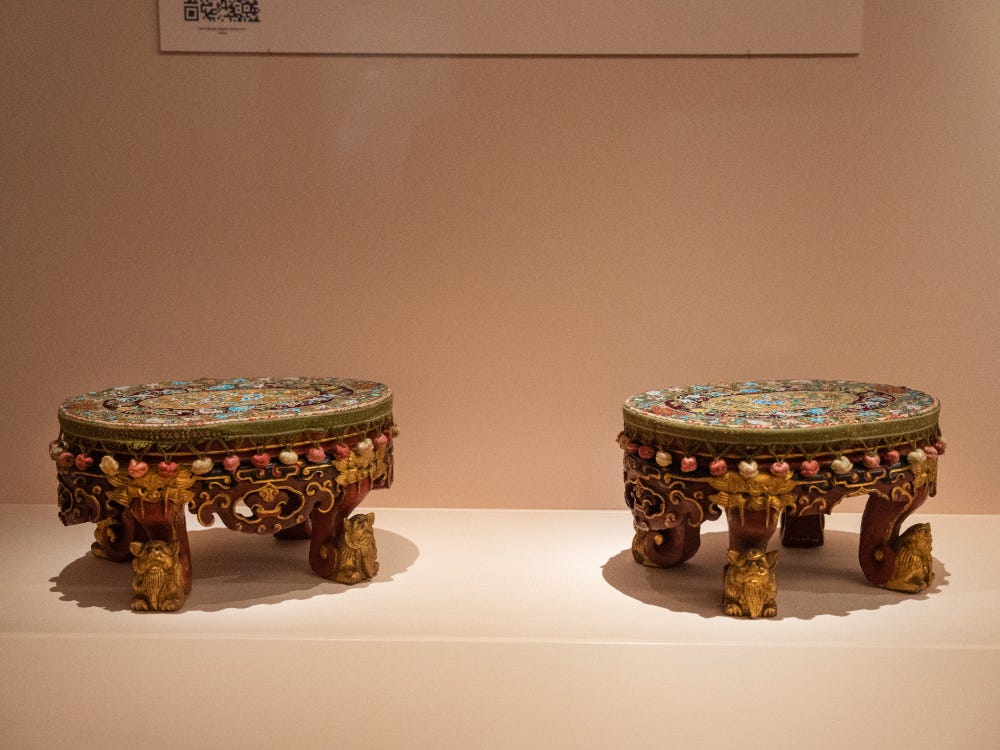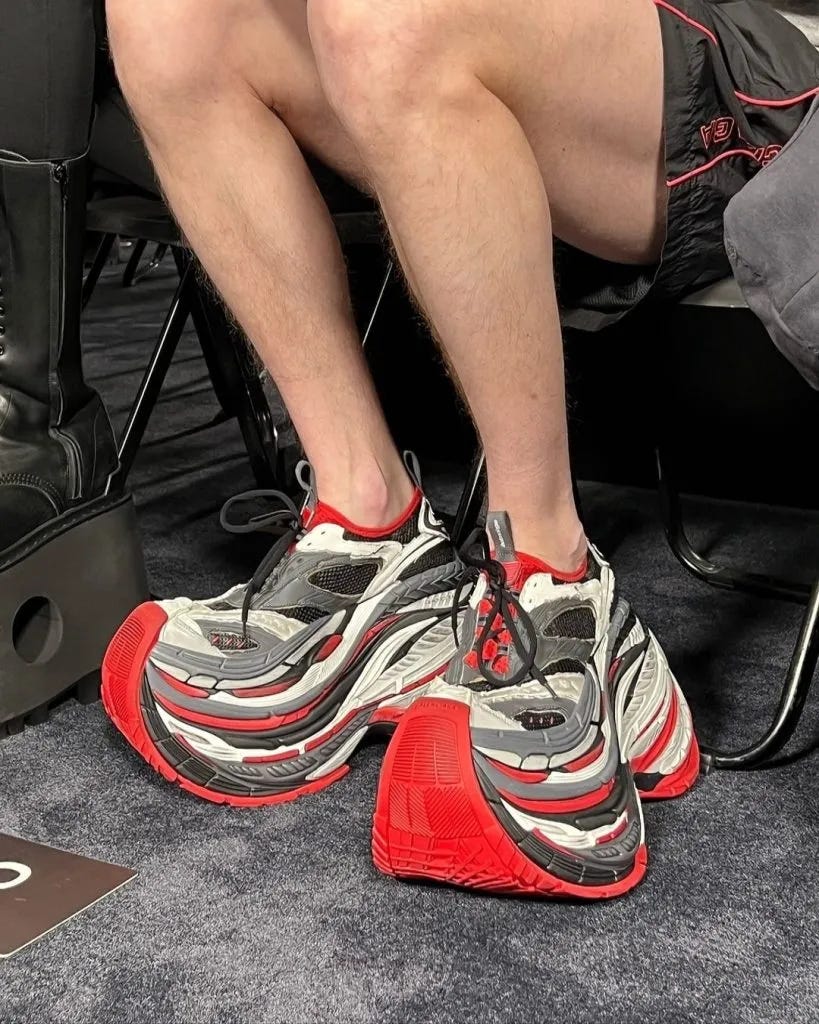Messages from the Messages
Speak, Gown Constructed from Decades-Old Pink Plastic Bags, Hand-Cut and Wired to Resemble Feathers!
In May 2023 I wrote a post about what might happen if we were suddenly able to converse with historical objects, books, art, or design objects and interfaces. It’s barely prescient, because we’ve been watching conversational AI advance super-quickly, which opens up all kinds of possibilities for what and where AI might appear and behave. But I just saw this event announced: OpenAI Forum Presents Living Histories: AI as a Bridge to Cultural Heritage, Memory, and Belonging and am so psyched to see what people have been working on in this exact space.
This panel is discussion of a recent project involving OpenAI Forum, the Peranakan Museum in Singapore, Paris-based company Ask Mona, and ATxSummit. Visitors can scan objects and have real-time, multilingual conversations with pieces in the museum collection. Still love this idea so much, and it’s fascinating to see how it’s shaping up in these different contexts. I’ve been supportive if not singularly enthusiastic about a QR Code in the museum, but if we get into OpenAI-like/ invisible conversational interfaces, I could really see that.
“You good?”
Footstools from the Peranakan Museum
Recalling also the recent project Spatial Intelligens, an A.I.-powered personalized tour guide of the Venice Architecture Biennale that is trained on photos and texts about the exhibition. It can answer questions from visitors about what they are looking at and make recommendations for how to navigate the show. This project is made by Chris Blohm (vortex of arable cool), and Sub, (Berlin-based agency known for their prolific best-in-class goth-infused cross-world deployments) including the project to flood Balanciaga runways with oily water in 2020.
Balenciaga Spring 2022
In the museum: people speaking with objects.
In the architecture biennale: people speaking with objects who speak to each other.
In the future - people and objects speaking with people and objects who speak to each other, and that speak also with clusters of objects, materials, metadata, histories, absences, infrastructures, algorithms, archives, assemblages, environments, systems, networks.




